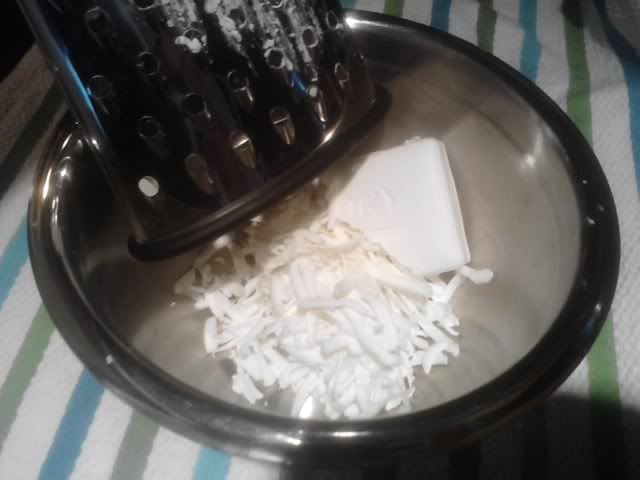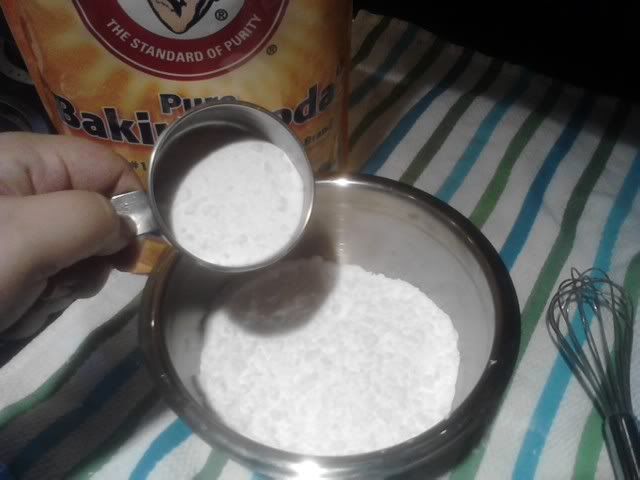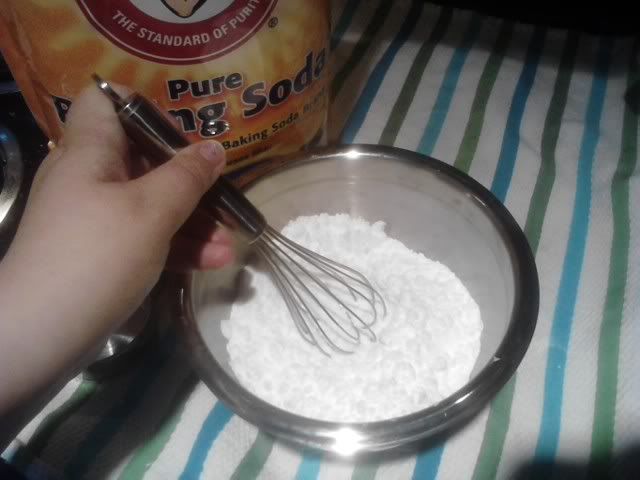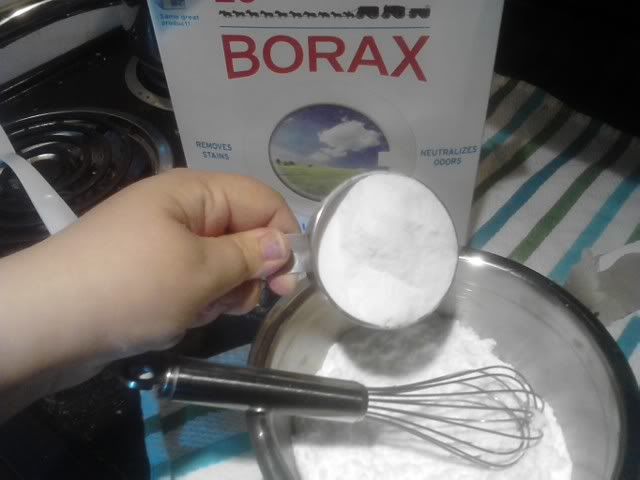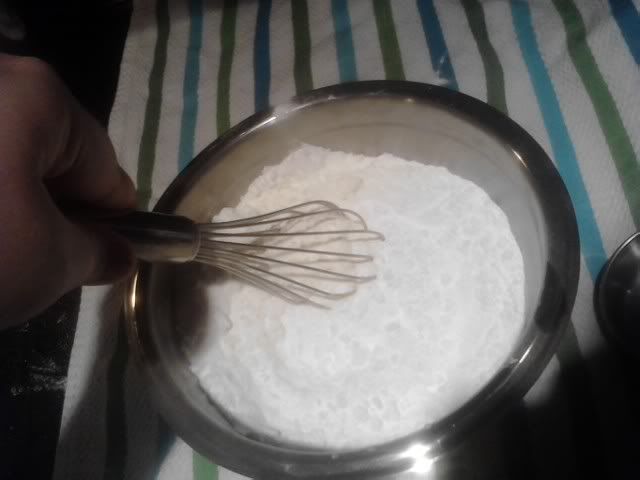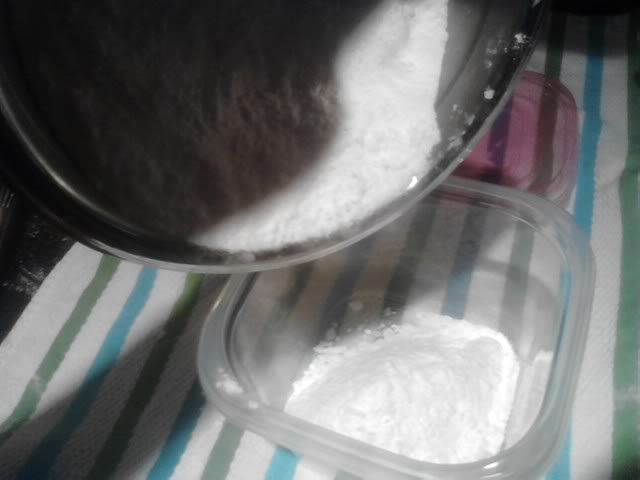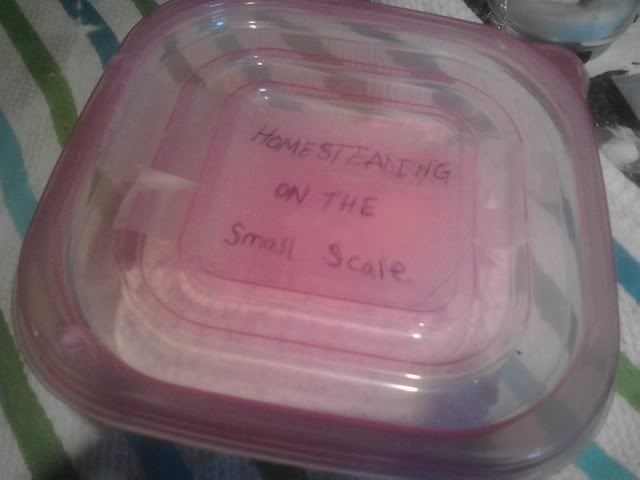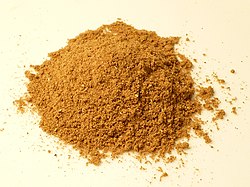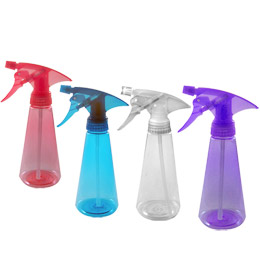"Kombucha is an effervescent tea-based beverage that is often consumed for its anecdotal health benefits or medicinalpurposes. Kombucha is available commercially and can be made at home by fermenting tea using a visible, solid mass ofyeast and bacteria which forms the kombucha culture, often referred to as 酵母 (kombo, lit. "yeast mother", see etymology for disambiguation with 昆布, kombu, kelp)."
This bubbly is made by the fermentation of tea. It has been said to have medicinal properties. For thousands of years cultures around the world understood the value of fermented foods and beverages, but I'll get deeper into fermentation in a different post. This drink is no different.
This drink is ancient. It has been around for thousands of years, was and is
still used by many cultures around the world. There are many stories about it's origin... one of which;
"Iit was invented in the Qin Dynasty (220BC) for the Emperor Qinshi Huangdi. The Chinese are famed for their quest for all manner of longevity elixirs. From Kombucha to Chinese medicine, the Chinese have always looked to nature to cure what ails them. At that time it was called “The Tea of Immortality.” Chá (茶) is the Chinese word for tea. In China, Kombucha has been called “Sea Treasure” (海寶), “Stomach Treasure” (胃寶) and “Sea Mushroom”(海蘑菇). Today, it goes by the names hongchajun 红茶菌 (literally “red tea bacteria/fungus/yeast”), hongchagu 红茶菇 (“red tea mushroom”), or chameijun 茶霉菌 (“tea mold”). During the Cultural Revolution, every household had a pot of Kombucha brewing, but it has fallen out of the daily routine of the modern Chinese lifestyle."
Japan, China, Russia, throughout Eastern Europe, even ancient Egypt... So many countries, so little time. With so many cultures creating Kombucha, there is no doubt that it would have many names...
"* The Remedy of Immortality
* Kombucha Fungus
* Gout Jelly-fish
* Hongo
* Tea Mould
* Indian Tea Fungus
* Japanese Tea Fungus
* Kambotscha
* Koucha kinoko
* Manchu Fungus
* Manchurian Mushroom
* Teekwass Fungus"
To name just a few, *giggles*
Like wine into vinegar, or milk into an aged cheese, it all begins with a culture. This one is made up of both yeast and bacteria. In fact the culture is sometimes referred to as "Mother of Vinegar." As in making vinegar, the culture forms a mass, sometimes called a mushroom. Also known as
SCOBY which is an acronym for
Symbiotic Culture of Bacteria and Yeast, can contain several species of yeast and bacteria. The bacteria combats the natural alcohol by product produced by the yeast, which like in beer, gives it, it's effervescence.
Unfortunately, the scientific study on the health benefits is rather limited, however some claim it is a miracle drink. The list of medicinal properties is rather long, but among these is: digestive aid, cancer recovery, sharpens eyesight, and joint recovery.
It's even been said that Kombucha is great for detoxification. The enzyme glucuronic acid is used by the liver to remove toxicity from the body.
"The idea that glucuronic acid is present in kombucha is based on the observation that glucuronic acid conjugates (glucuronic acid waste chemicals) are increased in the urine after consumption. Early chemical analysis of kombucha brew suggested glucuronic acid was the key component, and researchers hypothesized the extra glucuronic acid would assist the liver by supplying more of the substance during detoxification. These analyses were done using gas chromatography to identify the different chemical constituents, but this method relies on having proper chemical standards[citation needed] to match to the unknown chemicals."
Have you ever tried Kombucha? Tell me about your experience with it.
Until next time, kittens.
References:
- http://en.wikipedia.org/wiki/Kombucha
- http://www.kombuchakamp.com
